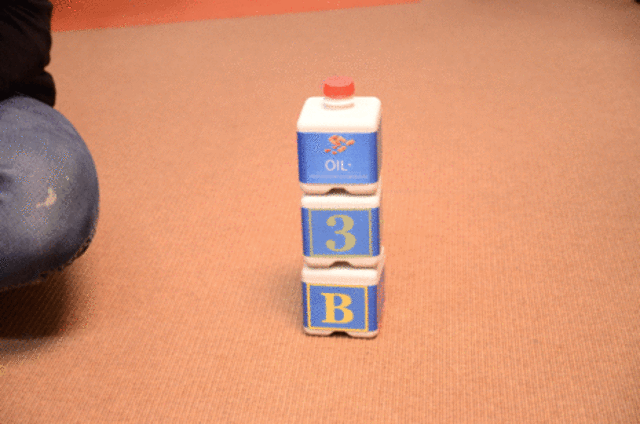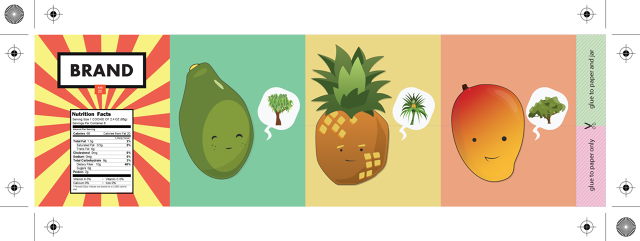A new series of designs that turn old packages into simple educational tools could give kids who don’t have access to preschool a better chance at learning how to count or read. They were created as a concept for the design firm IDEO.org’s Amplify challenges, which asked for ways to help children in low-income areas thrive in the first five years of life.

“Packaging is kind of omnipresent,” says Maurizio Bricola, a Netherlands-based designer who is working on the concept along with the design agency FLEX. “We wanted to rethink that in a way that can be used for play.”
In one concept, called Bottle Stack, short bottles turn into blocks that can be stacked to learn numbers or spell words. “You can start with your name or simple words, and since you can stack the bottles, you can also make basic sentences,” says Bricola.
In another, a bottle becomes a truck that moves with wheels made from bottle caps. “We plan to have a white label on the truck, and invite children to draw their own picture,” he says. “It’s more about creativity.”

A label for a peanut butter jar shows a series of pictures and asks kids to tell a story (or invite their parents to tell a story). Another lets kids rotate the labels to create a picture of an animal.
None of the labels allows much room for companies to advertise their products—something that Bricola admits could be a challenge. “It depends how comfortable a brand is,” he says. “If they feel like they already have strong brand recognition, they may feel like this can make them stand out even more.”
The design team has tested a simple prototype of the packaging in Malawi, and is already talking to two food companies interested in developing the idea. The design is a finalist in the Amplify challenge, and up for a chance at $50,000–$100,000 in funding and design support from IDEO.org to bring it to life.